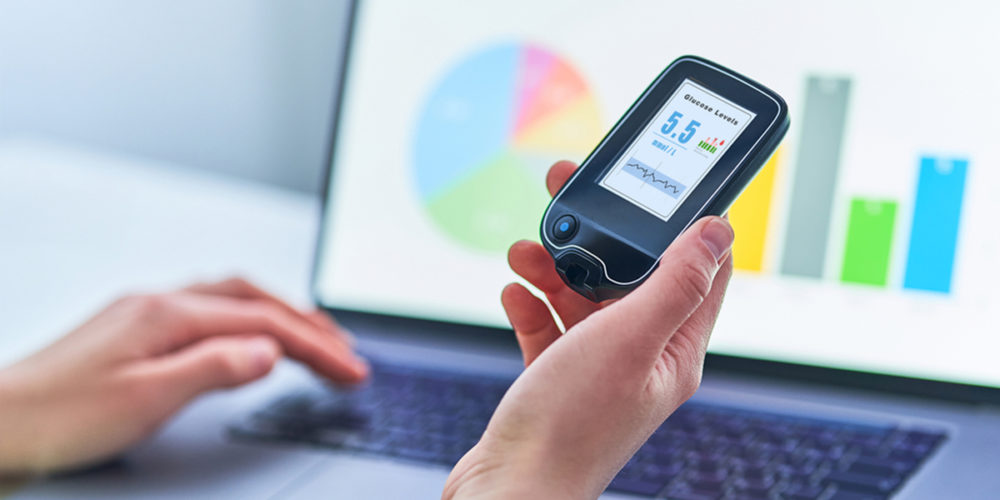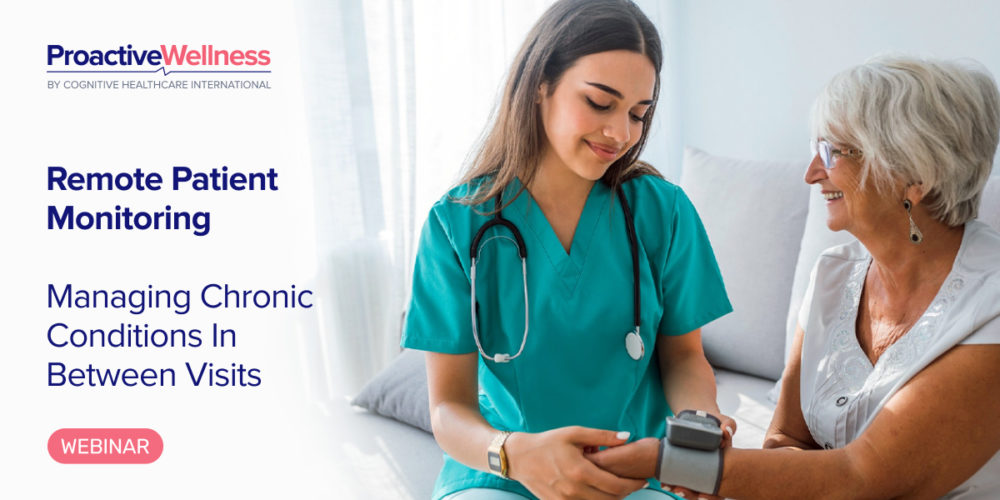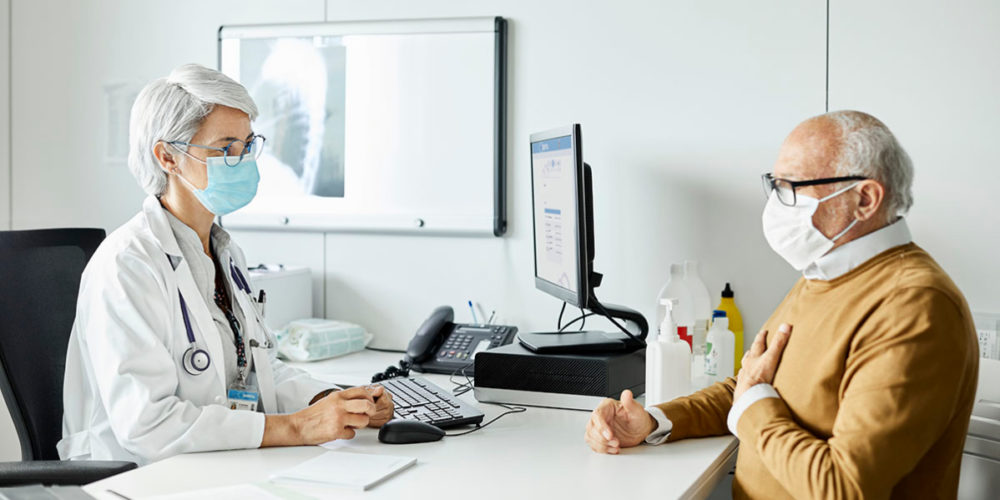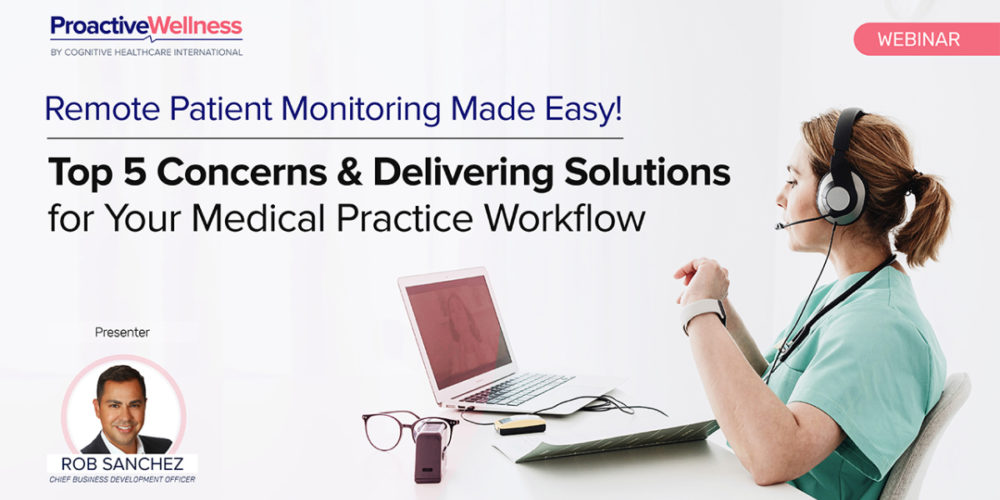Remote patient monitoring (RPM) is a subset of telehealth that involves the collection, transmission, evaluation & communication of patient health data from devices. These devices include wearable sensors, implanted equipment, and handheld instruments. RPM can facilitate care for conditions ranging from chronic diseases to recovery from acute episodes of care. It also play a significant role in preventive care, which is the provision of health services that aims to reduce the risk of illness or injury2.
Benefits of Remote Patient Monitoring for Preventive Care
RPM technologies have multiple benefits for preventive care, both for patients and physicians. Some of these benefits are:
- Increased Connectivity: Traditionally, only in-person appointments allowed doctors and patients to interact With RPM, patients can communicate with their physicians anytime and anywhere through secure platforms. This can enhance patient engagement, satisfaction, and adherence to treatment plans3.
- Chronic Care Management: RPM technologies now monitor chronic conditions consistently and regularly, unlike periodic check-ups. This can help detect early signs of deterioration or complications and enable timely interventions3.
- Easy Accessibility: RPM can reduce the barriers to access health care services, especially for patients who live in remote areas, have mobility issues, or face transportation challenges. RPM can also reduce the costs and inconveniences associated with travel, waiting time, and missed work3.
- Self-Monitoring of Health: RPM can empower patients to take more control over their own health by providing them with real-time feedback and personalized guidance. Patients can track their vital signs, symptoms, medication adherence, and lifestyle behaviors using RPM devices and apps. This can help them make informed decisions and improve their health outcomes3.
- Appointment Scheduling: RPM can help optimize the use of health care resources by reducing unnecessary visits and hospitalizations. By monitoring patients remotely, physicians can identify which patients need urgent attention and which ones can be managed through telehealth consults or follow-up appointments3.
- Telehealth Consults: RPM can complement telehealth services by providing physicians with objective and reliable data to support their clinical decision-making. Physicians can review the patient data collected by RPM devices and provide feedback, advice, prescriptions, or referrals through video calls, phone calls, or messages3.
- Medical Data Records: RPM can enhance the quality and accuracy of medical data records by providing continuous and comprehensive information on patient health status. This can facilitate data analysis, research, quality improvement, and population health management3.
- Appointment Reminders: RPM can help improve patient compliance by sending automated reminders for medication intake, device usage, or scheduled appointments. This can reduce the risk of missed doses, device malfunctions, or no-shows3.

Challenges and Opportunities for Remote Patient Monitoring for Preventive Care
Despite the potential benefits of RPM for preventive care, there are also some challenges and opportunities that need to be addressed. Some of these are:
- Technical Issues: RPM devices and platforms need to be user-friendly, reliable, secure, and interoperable. Technical issues such as device malfunctioning, data transmission errors, cyberattacks, or compatibility problems can compromise the quality and safety of RPM services1. Therefore, there is a need for rigorous testing, standardization, certification, and maintenance of RPM technologies.
- Regulatory Issues: RPM services need to comply with the relevant laws regarding privacy, consent, reimbursement, licensure, liability, and quality assurance. Regulatory issues like unclear policies, lack of incentives, or legal disputes can hinder the implementation of RPM services1. Therefore, there is a need for clear and harmonized guidelines, policies, and frameworks to support and regulate RPM services1.
- Clinical Issues: RPM services need to be evidence-based, effective, and appropriate for the patient’s condition, preferences, and goals. Issues like insufficient evidence, lack of guidelines, or inappropriate use can affect the quality and outcomes of RPM services. Therefore, there is a need for more research & education to evaluate and improve the clinical utility & validity of services1.
- Human Issues: RPM services need to be patient-centered, culturally sensitive, and ethically sound. Human issues like literacy, low trust, low engagement, ethical dilemmas can affect the satisfaction of patients & physicians with RPM services. Therefore, there is a need for more communication, collaboration, and empowerment to enhance the human aspects of RPM services1.
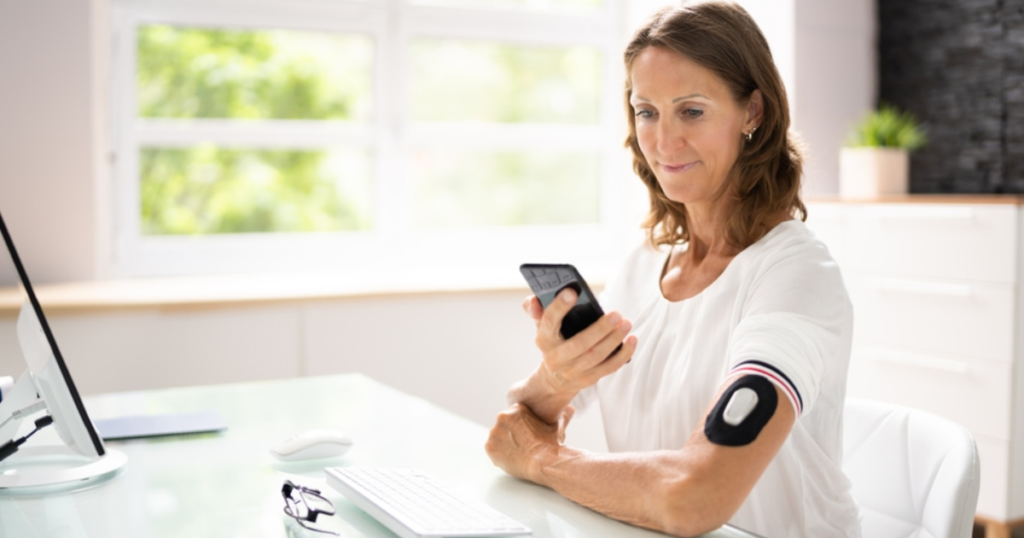
Conclusion
RPM is a promising technology that can transform preventive care by enabling continuous, personalized, and proactive health management. RPM can benefit both patients and physicians by improving connectivity, accessibility, self-monitoring etc. However, RPM also faces challenges & opportunities that need to be addressed by addressing above issues. By overcoming these challenges & seizing these opportunities, RPM can become an integral part of preventive care in the digital age.
References
1: How to Make Remote Monitoring Tech Part of Everyday Health Care
https://hbr.org/2020/07/how-to-make-remote-monitoring-tech-part-of-everyday-health-care
2: Managing health with remote patient monitoring https://journals.lww.com/nursingmanagement/fulltext/2021/11000/managing_health_with_remote_patient_monitoring.3.aspx
3: Key Insights to Remote Patient Monitoring for Preventive Care
https://www.osplabs.com/insights/key-insights-to-remote-patient-monitoring-for-preventive-care/
